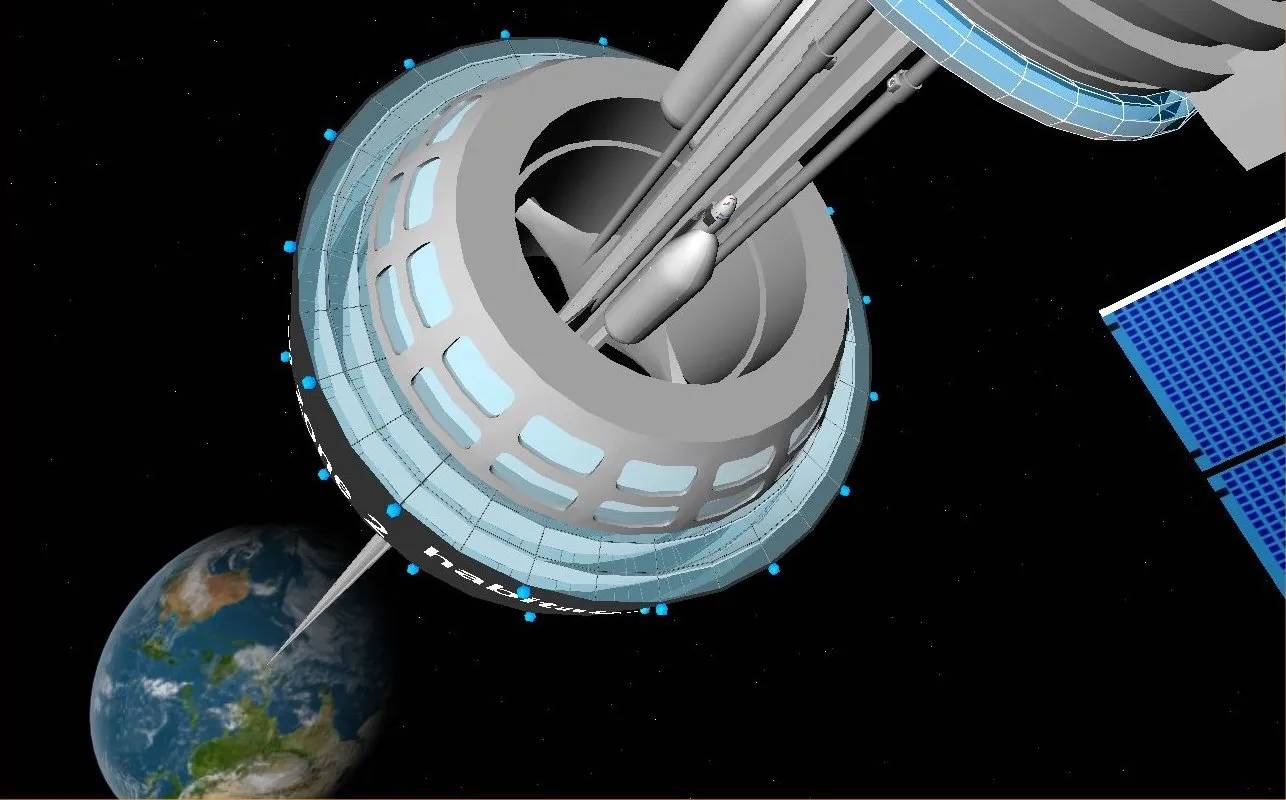For years, the concept of a space elevator has fascinated both scientists and sci-fi fans. This new idea could cut space travel costs a lot. It makes reaching orbit and beyond much easier than using traditional rockets. Are we close to making space elevators a reality with new technology?
A space elevator is a theoretical structure. It would stretch from Earth’s surface to geostationary orbit. This allows cargo and people to go into space without rockets. If developed, this technology could change launch systems. It may make space travel safer and cheaper. But there are big engineering, material, and financial challenges to solve first. Only then can space elevators become possible.
Understanding Space Elevator Technology

How Would a Space Elevator Work?
A space elevator would consist of several key components:
- Anchor Station: A stable base on Earth, probably near the equator.
- Cable or Tether: A strong, light cable stretches from Earth to geostationary orbit, around 35,786 km (22,236 miles) up.
- Counterweight: A mass beyond geostationary orbit to keep the tether taut and balanced.
- Climbers: Elevator-like robotic vehicles that ascend and descend the cable, carrying cargo and potentially people.
The Potential Benefits of Space Elevators
Space elevators could bring several advantages over traditional rockets:
- Reducing the Cost of Space Travel: Current rocket launches cost thousands of dollars per kilogram. A space elevator could cut these costs a lot. It would remove the need for costly fuel and single-use launch systems.
- Continuous Access to Space: A space elevator can enable regular and flexible trips to orbit, unlike rockets that need set launch times.
- Environmental Benefits: Traditional rockets create pollution and debris. A space elevator offers a more sustainable launch system.
- Scalability for Space Colonisation: Lower costs make it easier to move materials and people. This helps in building space stations, lunar bases, and Mars habitats.
Challenges in Developing a Space Elevator
Material Limitations
A major challenge in space elevator technology is finding a material strong enough to handle the huge forces on the tether. The cable must be very lightweight but also strong. It should handle tensile stress, gravity, and weather conditions.
Possible Materials for the Tether:
- Carbon Nanotubes: These materials are very strong and lightweight. However, making them in the required lengths is still a challenge.
- Graphene: A promising material with high tensile strength, but scaling up production is still a significant obstacle.
- Advanced Polymers and Hybrid Materials: Researchers are working on new composites. These materials aim to meet the needs of a space elevator.
Engineering and Stability Concerns
- Structural Integrity: Keeping the tether stable is tricky. Weather, orbital mechanics, and possible asteroid impacts all add to the challenge.
- Climber Technology: Robotic climbers need to be light and energy-efficient. They must also handle fast ascents without overheating.
- Counterweight Design: A stable counterweight is needed beyond geostationary orbit. This helps balance the tether and keep tension.
Cost and Funding Issues
- Initial Investment: Constructing a space elevator would require billions of dollars in research, development, and deployment.
- International Cooperation: Given its global implications, a space elevator project would likely require collaboration between multiple nations and space agencies.
- Commercial Viability: Investors need assurance that the economic benefits will outweigh the immense upfront costs.
Alternative Space Elevator Concepts
Lunar and Martian Space Elevators
Given the difficulties of building a space elevator on Earth, researchers have explored alternative locations, such as the Moon and Mars, where lower gravity makes construction more feasible.
- Lunar Space Elevator: A tether from the Moon’s surface to lunar orbit would require less strength than an Earth-based elevator, potentially making it an achievable first step.
- Martian Space Elevator: Since Mars has about 38% of Earth’s gravity, constructing a space elevator there would be easier than on Earth, facilitating future human exploration and colonisation.
Hybrid Systems: Partial Space Elevators
Some scientists propose hybrid space elevators, which combine tether technology with traditional rockets or spaceplanes. These systems could significantly reduce launch costs while bypassing some of the major challenges of a full-scale Earth-based elevator.
The Future of Space Elevator Technology

Despite the challenges, progress in future launch systems and material science brings hope for space elevators. Organisations like NASA, the International Space Elevator Consortium (ISEC), and private companies are actively researching the feasibility of space elevator projects.
Steps Towards Realisation:
- Material Development: New progress in nanotechnology and material science is key for creating a workable tether.
- Prototype Testing: We are running small-scale tests. This includes high-altitude tethered drones and microgravity simulations.
- International Collaboration: Governments and private companies need to team up. They should create rules and provide funding for big space elevator projects.
When Could a Space Elevator Become Reality?
While no exact timeline exists, many experts predict that a functional space elevator could be possible within the next 50-100 years. Ongoing investment and advances in material science will decide if this dream can come true.
Reaching for the Stars: The Future of Space Elevators
A space elevator could change how we access space. It would lower travel costs, make space travel more sustainable, and help us colonize other planets on a large scale. Challenges like limited materials, stability in engineering, and financial investment must be tackled first. Space elevator technology keeps improving, and new launch systems are emerging. This idea, once just fiction, might soon be a major breakthrough in space exploration.
What are your thoughts on space elevators? Do you think we will see one in our lifetime? Share your opinions in the comments below!


